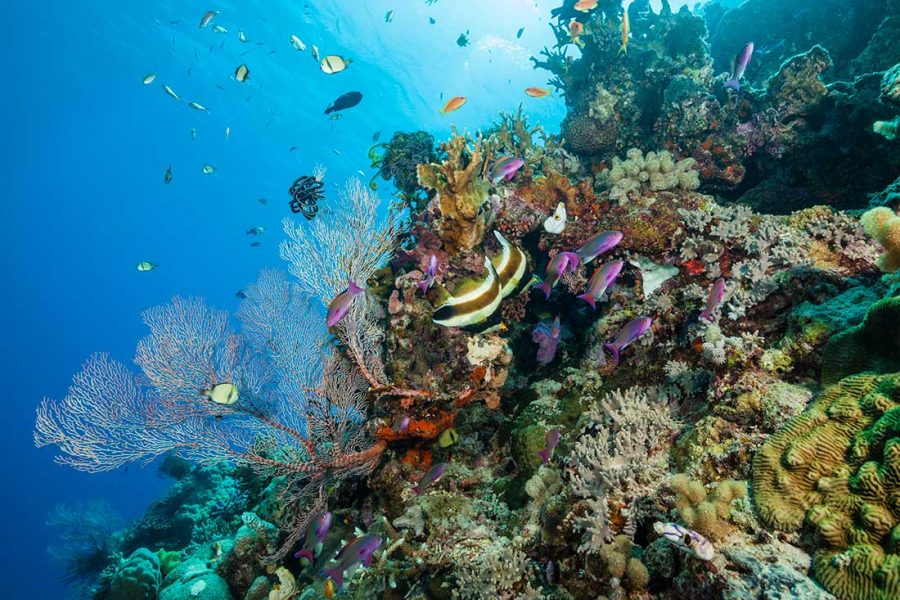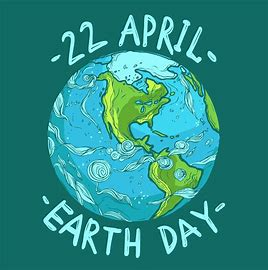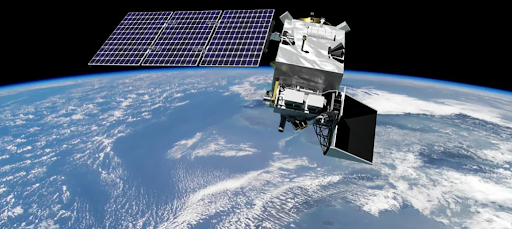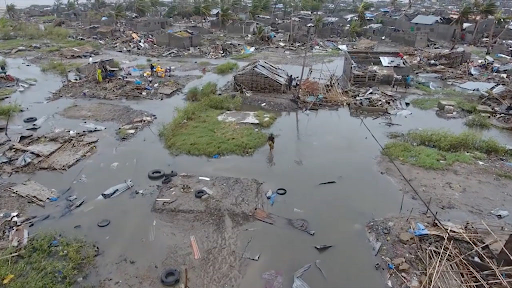Science Newsletter #5: The Great Barrier Reef and Plastics in the World’s Oceans
A New Region of Australia’s Great Barrier Reef Has Been Discovered
Source: https://www.nytimes.com/2020/10/30/science/great-barrier-reef-new-coral.html
A team of explorers released a report of their findings from a recent trip to Australia’s 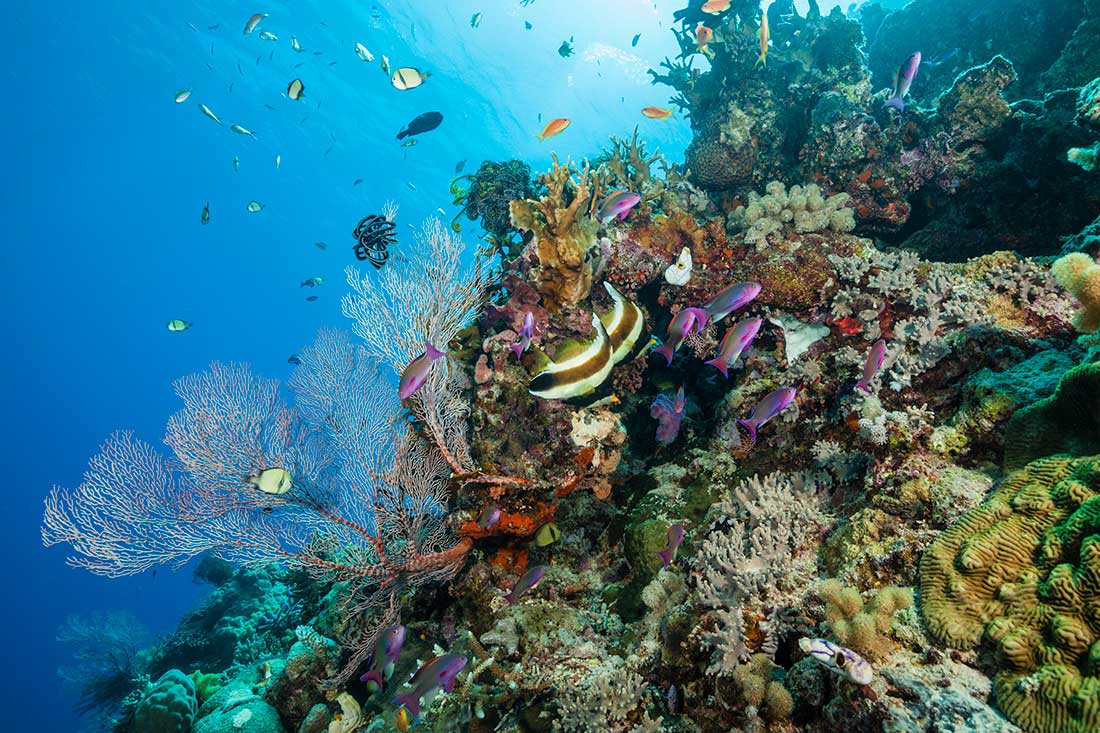 Great Barrier Reef where a new pinnacle of corals was discovered that is estimated to be taller than the Empire State Building. During their expedition conducted at the beginning of November, the scientists found a massive coral reef submerged underwater that stood detached from the main section of the 120-year-old reef that was strewn with sharks, small fish, and several species of corals. The pinnacle of coral reefs was found using an autonomous-underwater vessel that captured images and mapped the surface using sonar waves, giving scientists a clear picture of its size and location in order to determine if it will eventually attach itself to the larger portion of the Great Barrier Reef and begin restoring coral populations. The health of the Great Barrier Reef is being put at severe risk as ocean temperatures continue to rise, which has directly contributed to the decline in populations of marine species worldwide, including the coral populations that make up this reef. This important find provided a glimpse of hope for marine and environmental scientists, who remained doubtful that the Great Barrier Reef would be able to recover from this catastrophe since it will allow corals to re-populate in the area and repair most of the damage done by global warming.
Great Barrier Reef where a new pinnacle of corals was discovered that is estimated to be taller than the Empire State Building. During their expedition conducted at the beginning of November, the scientists found a massive coral reef submerged underwater that stood detached from the main section of the 120-year-old reef that was strewn with sharks, small fish, and several species of corals. The pinnacle of coral reefs was found using an autonomous-underwater vessel that captured images and mapped the surface using sonar waves, giving scientists a clear picture of its size and location in order to determine if it will eventually attach itself to the larger portion of the Great Barrier Reef and begin restoring coral populations. The health of the Great Barrier Reef is being put at severe risk as ocean temperatures continue to rise, which has directly contributed to the decline in populations of marine species worldwide, including the coral populations that make up this reef. This important find provided a glimpse of hope for marine and environmental scientists, who remained doubtful that the Great Barrier Reef would be able to recover from this catastrophe since it will allow corals to re-populate in the area and repair most of the damage done by global warming.
Americans Could Increase the Levels of Water Pollution up to Five Times
Source: https://www.nytimes.com/2020/10/30/climate/plastic-pollution-oceans.html
Plastic remains the subject of numerous debates regarding its popularity in the  manufacturing industry but at a cost to the overall health of our environment. It is no doubt that a majority of manufacturers remain hooked on plastic as a reliable material for making and packaging their products. In fact, American companies expend roughly 1.1 and 2.2 million metric tons of plastic each year and the number is only expected to increase each passing year. This mismanagement contributes to a wide range of environmental issues from global warming to water pollution. According to a study conducted by the Sea Education Association, the United States disposes of nearly all of its plastic by dumping it in the ocean as a result of its poor waste management. Even when sent to other countries for proper removal, 88% of typical waste is either deemed toxic or inadequate to dispose of. This high quantity of waste the United States produces from littering and manufacturing alone is tied to Americans’ lack of understanding of how harmful excess plastic accumulation is to ecosystems worldwide and our environment as a whole. The United States’ lack of having a set standard for properly disposing of trash in a safe manner is a primary cause of the increasing amount that gets dumped into the ocean, which will only make matters worse if this issue is not dealt with properly.
manufacturing industry but at a cost to the overall health of our environment. It is no doubt that a majority of manufacturers remain hooked on plastic as a reliable material for making and packaging their products. In fact, American companies expend roughly 1.1 and 2.2 million metric tons of plastic each year and the number is only expected to increase each passing year. This mismanagement contributes to a wide range of environmental issues from global warming to water pollution. According to a study conducted by the Sea Education Association, the United States disposes of nearly all of its plastic by dumping it in the ocean as a result of its poor waste management. Even when sent to other countries for proper removal, 88% of typical waste is either deemed toxic or inadequate to dispose of. This high quantity of waste the United States produces from littering and manufacturing alone is tied to Americans’ lack of understanding of how harmful excess plastic accumulation is to ecosystems worldwide and our environment as a whole. The United States’ lack of having a set standard for properly disposing of trash in a safe manner is a primary cause of the increasing amount that gets dumped into the ocean, which will only make matters worse if this issue is not dealt with properly.


